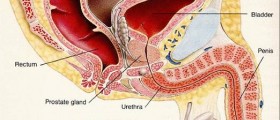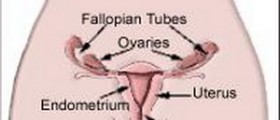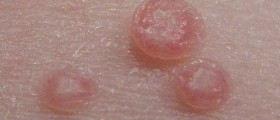Trichomoniasis belongs to a group of diseases known as sexually transmitted infections (STIs). Trichomoniasis, also known as Trichomonas infection or trich, is caused by a one-cell parasitic organism called Trichomonas vaginalis.Trichomoniasis Overview
Trichomoniasis is a very common and widely spread sexually transmitted disease. The infection spreads during unprotected sexual intercourse. Rarely, trichomoniasis can be passed from an infected mother to her child during a vaginal delivery.
Trichomoniasis most commonly affects women although it can be seen in men too. In pregnant women, trichomoniasis can cause preterm delivery and other problems.
The parasite inhabits the urogenital tract in humans. In women, it typically infects the vagina, urethra, cervix, bladder and lymph glands in the genital area. The parasite can infect the urethra or occur under the foreskin of the penis in uncircumcised men. Signs and Symptoms of Trichomoniasis
Trichomoniasis often does not produce any symptoms. However, women are more likely to experience symptoms if they occur. In women, trichomoniasis may cause abnormal vaginal discharge. It can range in color from yellow to green-gray and it is usually thin, smelly and frothy or foamy. Vaginal itching and tenderness, pain when urinating and pain during sexual intercourse are common too. Women may also experience bleeding after sex and swelling of the labia.
Most men do not exhibit symptoms of trichomoniasis and are often unaware of their condition. But, if symptoms are present, they include mild discharge from the penis, irritation inside the penis, pain with urination and burning after ejaculation. Pain and swelling in the scrotum and inflammation of the prostate gland may sometimes occur as well.
Symptoms usually begin within 7 days after exposure to the parasite. But, sometimes they may start 1 to 6 months after being infected.Diagnosis of Trichomoniasis
In order to make diagnosis of trichomoniasis, a doctor will perform physical exam and laboratory test to identify the parasite. This test involves analysis of vaginal secretion or urethral fluid. The parasite in women can be also detected during a pap smear.Treatment for Trichomoniasis
Standard treatment for trichomoniasis includes antibiotics metronidazole or tinidazole. The medicine is taken orally in a form of a pill, tablet or capsule. The treatment aims to kill the parasite, eliminate symptoms and cure the infection.
Treatment for trichomoniasis is also important to prevent possible complications of the infection such as pelvic infections and infertility. Both sex partners must be treated at the same time to prevent reinfection.
Prevention of Trichomoniasis
Trichomoniasis is spread during unprotected vaginal intercourse with an infected person. As the infection may not produce symptoms, people often spread trichomoniasis without knowing it. Sexual contact with multiple partners increases the risk of infection.
To prevent trichomoniasis use condoms every time you have sex and maintain monogamous relationship with uninfected partner or abstain from having sex.

















Your thoughts on this
Loading...